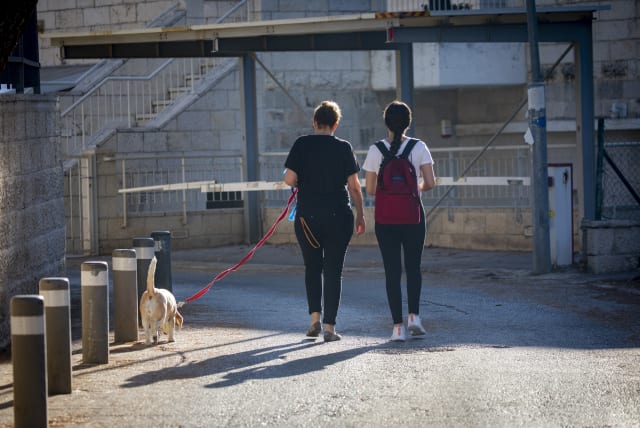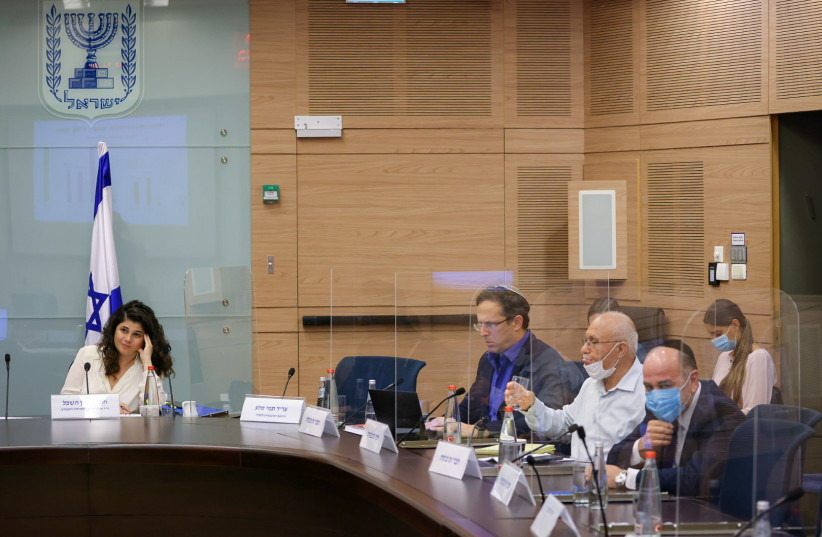The issue of Israel's lost youth

The COVID-19 pandemic has significantly increased school dropout rates due to its exacerbation of the already emotional, social, and academic crises affecting multiple age and population groups.
As the COVID-19 pandemic rages, how many boys and girls dropped out of school last year (2020–21)? In the course of a recent debate at the Knesset Education, Culture and Sports Committee, representatives of the public on the Committee discovered that, despite the amount of time that had passed since the onset of the pandemic and the existing knowledge in this field, Ministry of Education officials responsible for addressing the issue were unable to provide comprehensive data on the extent of dropout from specific educational frameworks, including which youths are officially defined as having dropped out and whether the state and the Education Ministry are providing appropriate responses to the needs of young people who are disconnected from the education system.
Clearly, the pandemic has significantly increased school dropout rates due to its exacerbation of the already emotional, social, and academic crises affecting multiple age and population groups. The problem is most severe among Israeli society’s most vulnerable groups of low socioeconomic status, in which many boys and girls are forced to go out and work in order to support their families. How can the necessary tools and assistance be provided to these young people in crisis without access to reliable and professional data about the issues?
One of the most serious failings uncovered at the Knesset committee session relates to the fact that school dropout falls into two categories. The first category is an official dropout, which is defined as youth who were registered as attending a school during a specific academic year and subsequently did not attend any educational framework the following year. An official dropout is recorded by the system and according to reports from Education Ministry representatives, the average extent of official dropout during 2020–21 was around a half percent. With regard to youth in this category, there exist defined regulations, protocols, budgets and professional staff headed by ministry truancy officers who address personal, family, and pedagogical needs.
The second category relates to a similar but different phenomenon of the hidden dropout. As of yet, there does not seem to be a precise definition for this category, but the number of hidden dropouts is undoubtedly many times larger than that of official dropouts. A hidden dropout refers to the large numbers of students who do not attend school regularly, are low achievers, and suffer from severe academic, emotional, personal, and social problems that make it difficult for them to keep up with their studies and succeed at school. The characteristics and numbers of these students who are present but absent in the school system have yet to be understood by the Education Ministry’s foremost experts and professionals.
The lack of data on hidden dropouts poses a significant obstacle to the formulation of a multidisciplinary strategic plan related to education, welfare, and health, in order to effectively address these social-educational challenges; and for which sufficient and appropriate educational tools and responses are not yet available. It is important to realize that this serious social phenomenon affects many people from different sectors of Israeli society, some of which suffer greatly from crime, violence, and institutional neglect. As well, it is clear that the approximately 760 truancy officers are insufficient. Moreover, their terms of employment do not reflect the required intensive individual investment in each young person who is struggling to survive in the education system in order to effectively address the huge challenges of the hidden dropout.
There is no doubt that the pandemic and the protracted periods of distance learning have blurred the formal distinctions between an official dropout and a hidden dropout, since many of those studying from home and those suffering from severe attention deficit disorder were not truly present in their lessons for long periods of time and became increasingly alienated from their studies. The more vulnerable populations in Israel, and students from the Arab and ultra-Orthodox communities have been dealt the most severe blow.
The Knesset Education, Culture and Sports Committee has done the right thing in requiring the Education Ministry to provide clear and reliable data about the extent of hidden dropouts as soon as possible. That step itself is not sufficient to effectively address the severe difficulties that have been experienced over the past two years by thousands of Israeli youths. In the current situation, it is absolutely essential to establish an inter-ministerial task force dedicated to this issue in order to arrive at viable long-term solutions.
The writer is a researcher at the Israel Democracy Institute.
Jerusalem Post Store
`; document.getElementById("linkPremium").innerHTML = cont; var divWithLink = document.getElementById("premium-link"); if (divWithLink !== null && divWithLink !== 'undefined') { divWithLink.style.border = "solid 1px #cb0f3e"; divWithLink.style.textAlign = "center"; divWithLink.style.marginBottom = "15px"; divWithLink.style.marginTop = "15px"; divWithLink.style.width = "100%"; divWithLink.style.backgroundColor = "#122952"; divWithLink.style.color = "#ffffff"; divWithLink.style.lineHeight = "1.5"; } } (function (v, i) { });

